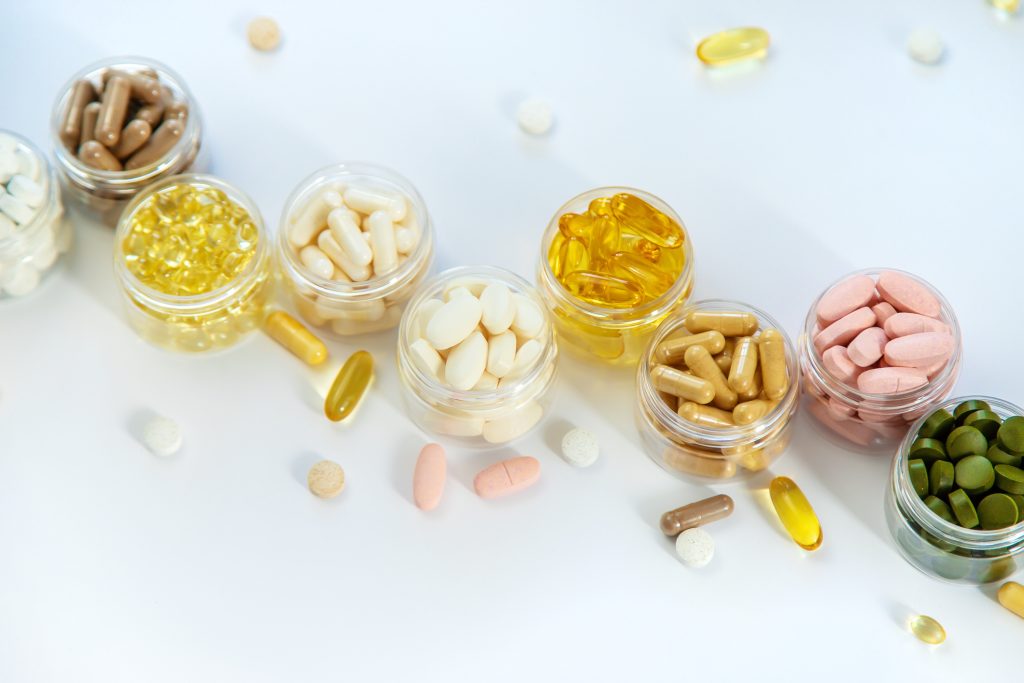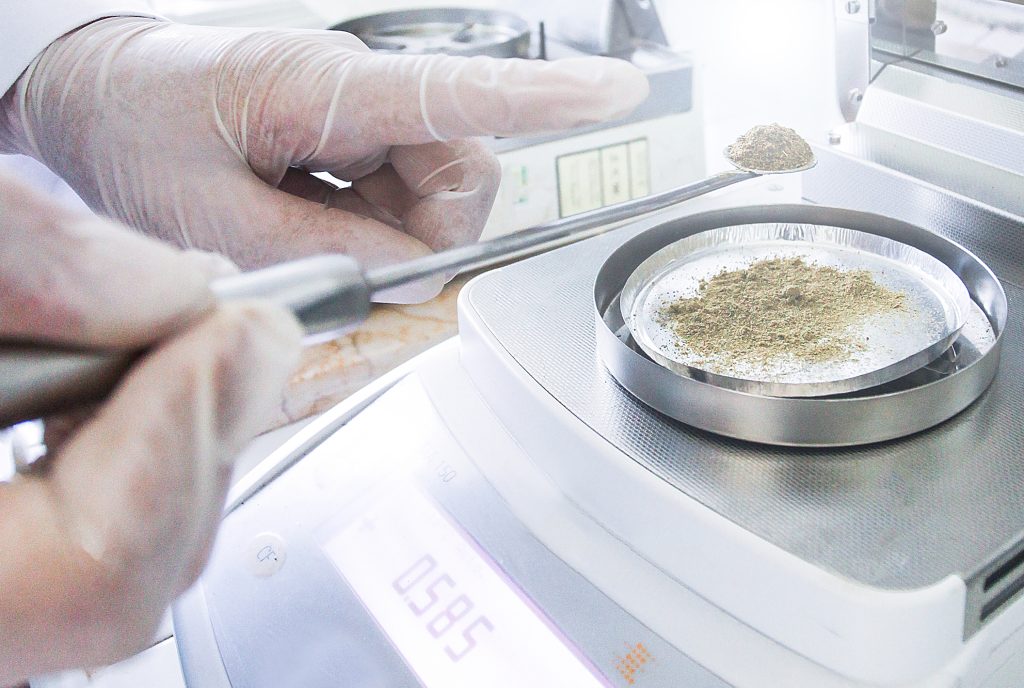
Episode 4: Testing in Dietary Supplement Operations
Episode 4: Testing in Dietary Supplement Operations
In this episode, we are going to cover the requirement for testing in dietary supplement programs and how to ensure that your program is designed to meet regulatory requirements of 21 CFR 111 and GMP requirements from 21 CFR 117 as they apply to dietary supplements.
We have already discussed in our previous episodes that testing is a key component of a dietary supplement program. In this episode we are going to break down the ideal testing regimen, and compare it to the minimum viable testing requirements to help provide the window of acceptable testing choices.
What we are Testing for
Because 21 CFR 111 does not require a food safety plan as is the case with food production operations, there is a much stronger emphasis on proof that each supplement and its contents are accurate to the nutritional label claims of the product.
The purpose of the testing program is to prove both internally and to regulators that each time ingredients are processed the stability and availability of the nutrients are maintained.
Ideally, in a gold standard dietary supplement program, we would perform an analytical test after every processing step. Those steps could be extraction, concentrating, liquifying, separating, distilling, fermenting, mixing, or other physical actions made to ingredients. We would also have pathogen and microbiological testing on all finished lots to demonstrate safety for the consumer.
Incoming Ingredient Testing
Verification of ingredient safety is required with each lot of incoming materials. We could make a choice to accept the values on a COA or we can perform testing each incoming product. If we use COAs as the verification, we need to have a written sign-off on those COAs each time they come in, as they are replacing testing that would otherwise be done by the facility.
With this option, we can easily see a viable approach to testing incoming ingredients. Where we have a certificate of analysis from a supplier we trust, we can elect not to test that incoming ingredient.
However, where a supplier has not established or maintained trust, or where there is no certificate of testing for incoming ingredients, we must perform a test on that material, to demonstrate efficacy and potency of the nutrient within that ingredient.
Testing During Production and Testing Finished Products
Ideally, one would test ingredients every time they are received. However, there are options if you are not able to do so. If an ingredient from a known supplier always has conforming results for tests, over time one can justify reducing the amount of testing for that ingredient from that supplier as long as you do so in the form of a risk assessment justifying that decision.
In dietary supplement manufacturing, finished product testing is essential. If your business identifies that it is not financially feasible to establish a valid finished product testing program, please consider the viability of your operations and the risk you take by not following the regulatory guidance.
Biological Testing for Dietary Supplements
As part of testing for dietary supplements, it is common and best practice to perform a full screen of biological indicators and pathogens common to the food supply.
Because processing of dietary supplements is generally performed without thermal kill steps, processing is expected to take place in a clean room, with careful controls of biological, chemical and physical hazards. Processors are further expected to keep careful batch records and conduct label checks in addition to performing aggressive testing for food safety.
There should be no detectable pathogens of any kind where pathogen testing is performed on finished product. Where any pathogens are discovered, products must be disposed of and process changes and/or ingredient changes would be required to prevent recurrence.
For indicator organisms such as yeast, mold, and coliforms that are not themselves pathogens, limits are based on results of product testing over time.
In our video series on environmental monitoring, we established how to set up an EMP program, and how to determine acceptable levels for indicator organisms in those programs.
Key Elements of Dietary Supplement Testing
Let’s review! Your facility must establish a testing program that addresses incoming ingredients, finished products, and environmental monitoring.
Where a product is awaiting results from a test, that product should not be released to the next processing step or shipped until results are confirmed.
Finally, regardless of how robust and comprehensive the testing program is or is not, each test result for each batch must be recorded in the MMR. A review of test results, in-process records, and all applicable holds must be verified for release prior to shipping finished dietary supplements
Free Manufacturing Master Record Checklist Download
If you would like to discuss having Kellerman Consulting write and implement your food safety and quality management system program, contact us for a free consultation.
Free Dietary Supplement Manufacturing MMR Checklist







